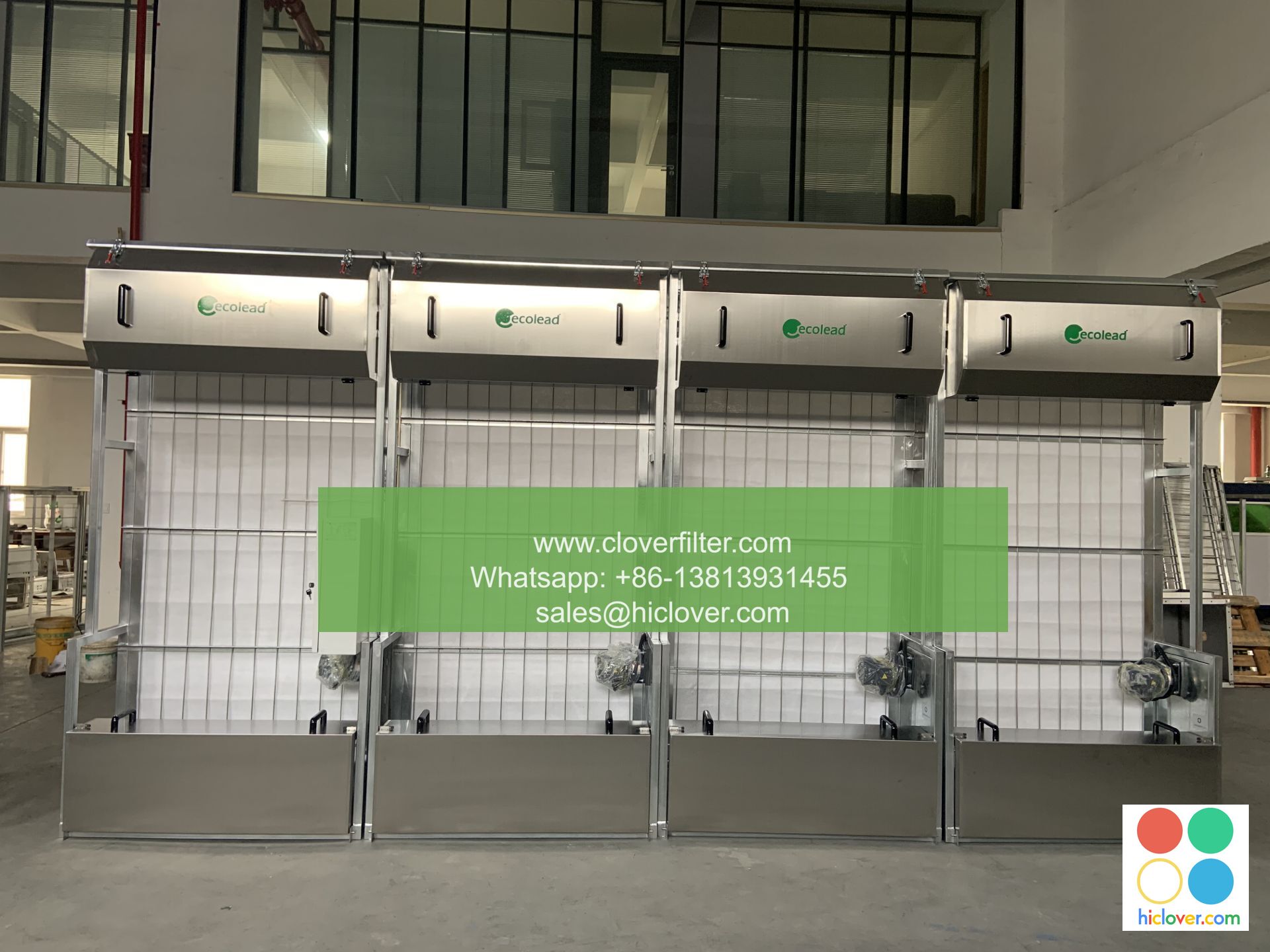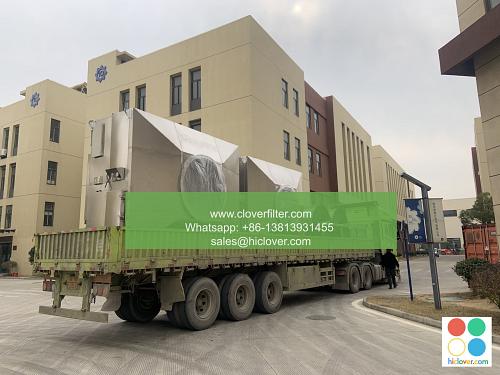Bigger Than the Sum of Its Parts: Air Filter and Ventilation System Collaborations

The collaboration between air filters and ventilation systems is a crucial aspect of maintaining good indoor air quality (IAQ) and ensuring the health and safety of building occupants. In recent years, there has been a growing trend towards integrating air filters and ventilation systems to create a more holistic and efficient approach to IAQ management. This article will explore the benefits of air filter and ventilation system collaborations, highlighting various application areas and key technologies.
Introduction to Air Filter and Ventilation System Collaborations
Air filters and ventilation systems are two essential components of a building’s heating, ventilation, and air conditioning (HVAC) system. Air filters are designed to remove airborne contaminants, such as particulate matter (PM), gases, and volatile organic compounds (VOCs), from the air, while ventilation systems are responsible for providing a consistent supply of fresh air to the building. When combined, these two systems can create a powerful synergy that enhances IAQ, reduces energy consumption, and improves occupant health and productivity.
Benefits of Air Filter and Ventilation System Collaborations
The benefits of air filter and ventilation system collaborations are numerous and well-documented. Some of the key advantages include:
* Improved Indoor Air Quality (IAQ): By working together, air filters and ventilation systems can remove a wider range of airborne contaminants, creating a healthier and more comfortable indoor environment.
* Increased Energy Efficiency: Collaborative air filter and ventilation systems can reduce energy consumption by minimizing the need for heating and cooling, which can lead to significant cost savings and a reduced carbon footprint.
* Enhanced Occupant Health and Productivity: Good IAQ has been shown to have a positive impact on occupant health and productivity, with benefits including reduced absenteeism, improved cognitive function, and enhanced overall well-being.
* Extended Equipment Life: By removing airborne contaminants and reducing the burden on HVAC systems, air filter and ventilation system collaborations can help extend the life of equipment and reduce maintenance costs.
Key Technologies and Application Areas
There are several key technologies and application areas that are driving the development of air filter and ventilation system collaborations. Some of the most significant include:
* High-Efficiency Particulate Air (HEPA) Filters: HEPA filters are capable of removing 99.97% of airborne particles as small as 0.3 microns, making them an essential component of collaborative air filter and ventilation systems.
* Ultra-Low Penetration Air (ULPA) Filters: ULPA filters are designed to remove even smaller particles than HEPA filters, making them ideal for applications where extremely high levels of cleanliness are required.
* Variable Air Volume (VAV) Systems: VAV systems use advanced controls and sensors to optimize airflow and temperature, creating a more efficient and effective ventilation system.
* Heat Recovery Ventilation (HRV) Systems: HRV systems use heat exchangers to recover energy from exhaust air and transfer it to incoming fresh air, reducing energy consumption and improving IAQ.
* Commercial and Industrial Applications
: Air filter and ventilation system collaborations are being used in a wide range of commercial and industrial applications, including offices, hospitals, data centers, and manufacturing facilities.
* Residential Applications
: Collaborative air filter and ventilation systems are also being used in residential applications, including single-family homes and multi-unit dwellings.
Conclusion
In conclusion, the collaboration between air filters and ventilation systems is a powerful approach to IAQ management that offers numerous benefits, including improved IAQ, increased energy efficiency, and enhanced occupant health and productivity. By leveraging key technologies and application areas, such as HEPA and ULPA filters, VAV and HRV systems, and commercial and residential applications, building owners and operators can create a healthier, more efficient, and more sustainable indoor environment. As the demand for good IAQ continues to grow, the importance of air filter and ventilation system collaborations will only continue to increase, driving innovation and adoption in the years to come. You haven’t provided a question or topic for me to address. Please provide more context or ask a specific question, and I’ll do my best to provide a helpful and informative response.

